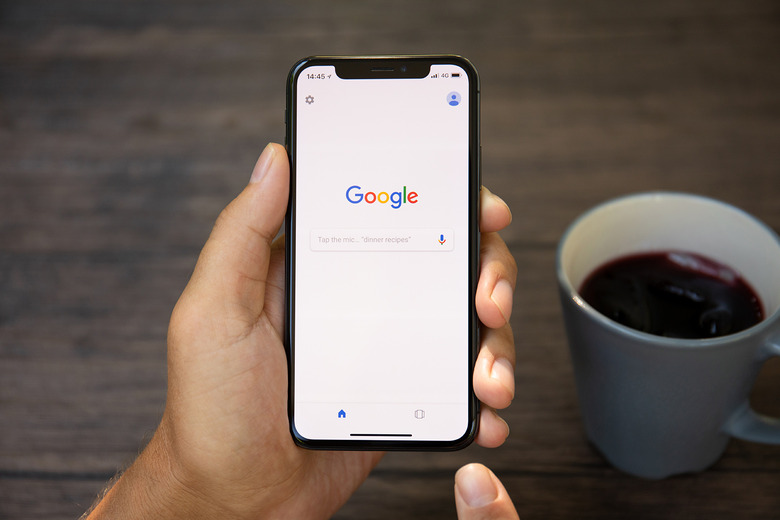The Google App That Wows Me Every Time I Use It Just Got Its First Big Update In Years
If you're a longtime reader of this site, you probably know how much I love Google's various apps and services because I talk about it all the time. If it were up to me, pretty much every app on my iPhone would be a Google app. I use Gmail for all of my work and personal email, Google Photos to back up all of my images and free up storage on my handset, Google Maps and Waze to navigate, Google Drive to access files in the cloud, Google Voice for all of my work calls, Google Calendar, and plenty more. In fact, I don't even open Safari on my iPhone anymore because I just use the main Google search app instead. Is Google "evil"? Sure, if you want to call it that. Google is an advertising company and it makes money by using your personal data to serve targetted ads. That's how you pay for all of Google's free services. If you're overly concerned about privacy and you think Google cares enough about you personally to use this data in some nefarious way, the solution is simple: don't use Google services. Personally, I'm happy to hand over my data, which is also used to personalize my app and service experiences in so many great ways. Thanks for being so evil, Google!
Earlier this week, a rumor popped up suggesting that Apple is considering allowing iPhone users to set third-party apps as their default apps in iOS. My heart might've skipped a beat. My dream is for Google to completely take over my iPhone, and that would be a big step toward making that dream a reality. Why not switch to Android, you ask? I'd love to, but Apple's hardware and software integrations across devices are just too good to be without. Thankfully, all of Google's best apps and services are available on iOS, and that includes one app in particular that wows me each and every time I use it.
Last year I was at my local municipal building renewing my dog's license. As I was writing out the check, I overheard two people chatting across the lobby. One was a woman who worked in the planning and zoning department and the other was a man who lives in town and had some questions, apparently about planning and zoning. Unfortunately, the resident with the questions didn't speak English and the person who worked there only spoke English.
I could see they were both nice people and that they were getting frustrated at not being able to communicate effectively, so I walked over and used the few Spanish words I know to ask the gentleman to wait a moment, and I pulled out my iPhone. A few taps later, the man and woman were communicating with no problem at all — because I had just opened the Google Translate app and set it to translate back and forth between English and Spanish.
Google's Translate app isn't among the apps I use very often, especially since I don't travel much these days. Every single time I use it though, I am floored by how brilliant and simple it is. It's a completely free app for both iOS and Android, and I can't properly emphasize how terrific it is. You can transcribe and translate spoken conversations between any two of more than 100 different languages in real-time. You can also use the app to translate printed text on paper or signs, which is obviously very useful while traveling. And this week, the app just got even more useful.
"Millions of people around the world use Google Translate, whether in a verbal conversation, or while navigating a menu or reading a webpage online," Google software engineer Isaac Caswell wrote in a blog post. "Translate learns from existing translations, which are most often found on the web. Languages without a lot of web content have traditionally been challenging to translate, but through advancements in our machine learning technology, coupled with active involvement of the Google Translate Community, we've added support for five languages: Kinyarwanda, Odia (Oriya), Tatar, Turkmen and Uyghur. These languages, spoken by more than 75 million people worldwide, are the first languages we've added to Google Translate in four years, and expand the capabilities of Google Translate to 108 languages."
This is the first time in years that Google has expanded Google Translate to include more languages. And just like the 103 that came before them, these five new languages can be downloaded and saved so you can use the Google Translate app in offline mode without the need for an internet connection. It really is an incredible app, and now you have yet another good reason to check it out thanks to this week's expansion.
